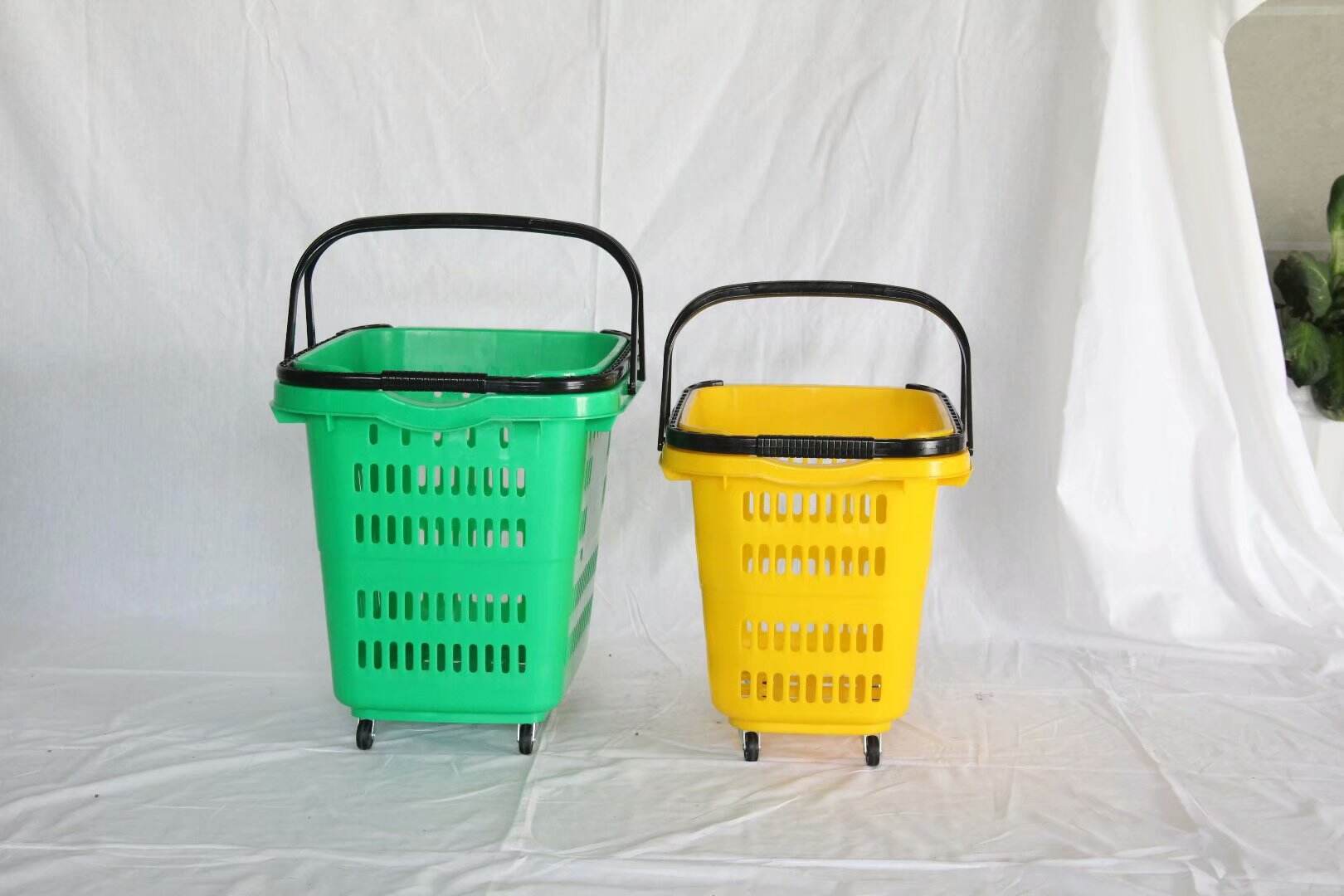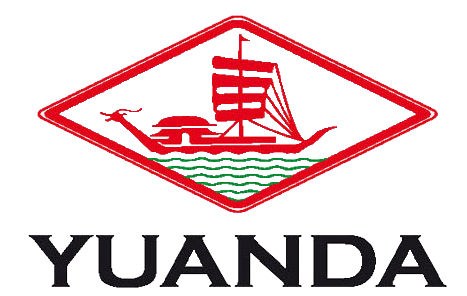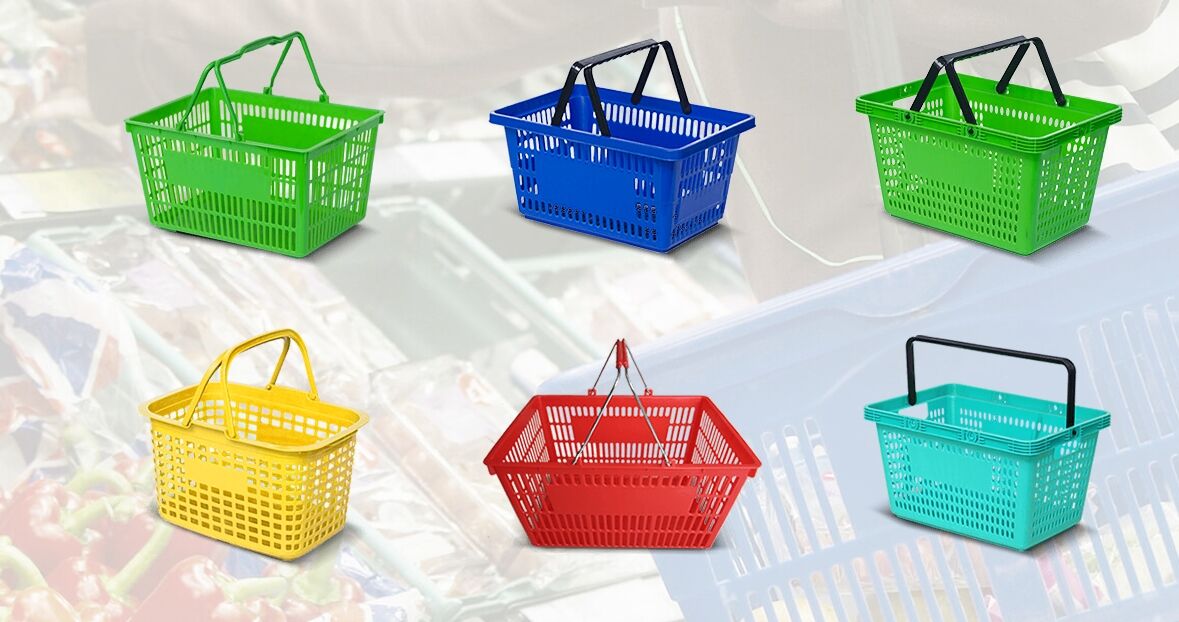Transforming Retail Operations with Industrial-Grade Transport Solutions
In the fast-paced world of high-volume retail, the importance of reliable equipment cannot be overstated. Heavy-duty trolleys have become the backbone of efficient store operations, enabling smooth merchandise movement and enhanced productivity. These robust transport solutions are specifically engineered to withstand the rigorous demands of busy retail environments while ensuring the safety of both products and personnel.
Modern retail establishments face unprecedented challenges in inventory management and product handling. The integration of heavy-duty trolleys into daily operations has revolutionized how stores manage their workflow, from receiving deliveries to restocking shelves. These essential tools combine durability with functionality, making them indispensable for businesses that handle large volumes of merchandise.
Essential Features of Commercial-Grade Transport Equipment
Superior Construction Materials and Design
Heavy-duty trolleys designed for high-volume stores incorporate premium materials that ensure longevity and reliable performance. The framework typically consists of reinforced steel or industrial-grade aluminum, providing exceptional strength while maintaining manageable weight. The strategic use of these materials allows the trolleys to support substantial loads without compromising structural integrity.
Advanced engineering principles guide the design of these trolleys, with particular attention paid to weight distribution and balance. The incorporation of ergonomic features ensures that despite their robust construction, these trolleys remain easy to maneuver even when fully loaded. Precision welding and reinforced joints further enhance their durability, making them capable of withstanding years of intense daily use.
Load Capacity and Weight Management
One of the defining characteristics of heavy-duty trolleys is their impressive load-bearing capability. These units are engineered to safely transport significantly higher weights compared to standard trolleys, typically ranging from 500 to 1000 kilograms or more. This enhanced capacity makes them ideal for moving bulky merchandise, multiple boxes, or palletized goods efficiently.
The weight management systems integrated into these trolleys include reinforced axles, heavy-duty casters, and optimized weight distribution mechanisms. These features work in concert to prevent structural stress and ensure smooth operation even under maximum load conditions. The careful balance between strength and maneuverability makes these trolleys invaluable in high-traffic retail environments.
Operational Benefits in Retail Environments
Efficiency Enhancement and Time Management
The implementation of heavy-duty trolleys significantly streamlines retail operations by reducing the number of trips required to move merchandise. This efficiency translates directly into labor cost savings and improved productivity. Staff members can transport larger quantities of products in a single journey, minimizing the time spent on logistics and maximizing time dedicated to customer service.
These robust transport solutions also contribute to better inventory management practices. The ability to move substantial quantities of stock efficiently enables stores to maintain optimal inventory levels and respond quickly to sudden demands. This improved operational agility is particularly valuable during peak shopping periods and seasonal rushes.
Safety and Risk Mitigation
Heavy-duty trolleys incorporate numerous safety features designed to protect both operators and merchandise. Anti-slip platforms, secure braking systems, and protective guards work together to prevent accidents and product damage. The stable design reduces the risk of tipping, while ergonomic handles minimize operator strain during extended use.
The implementation of these safety features not only protects valuable inventory but also helps businesses comply with workplace health and safety regulations. By reducing the risk of manual handling injuries and product damage, these trolleys contribute to a safer and more efficient working environment.

Maintenance and Longevity Considerations
Preventive Maintenance Protocols
To ensure optimal performance and extend the service life of heavy-duty trolleys, regular maintenance is essential. This includes routine inspection of all moving parts, lubrication of bearings and wheels, and immediate attention to any signs of wear. A well-maintained trolley not only performs better but also provides a better return on investment through reduced replacement costs.
Creating a maintenance schedule that includes daily checks and periodic comprehensive inspections helps identify potential issues before they become serious problems. This proactive approach to maintenance ensures continuous operational reliability and prevents unexpected equipment failures during crucial business hours.
Long-term Cost Benefits
While the initial investment in heavy-duty trolleys may be higher than standard alternatives, the long-term financial benefits are substantial. Their superior durability results in reduced replacement frequency, while their efficient operation leads to decreased labor costs and improved productivity. When properly maintained, these trolleys can serve reliably for many years, making them a cost-effective choice for high-volume retail operations.
The economic advantages extend beyond direct equipment costs. The reduced risk of product damage and workplace injuries contributes to lower insurance premiums and fewer compensation claims. These indirect savings further enhance the value proposition of investing in quality transport equipment.
Frequently Asked Questions
What makes heavy-duty trolleys different from standard shopping carts?
Heavy-duty trolleys are specifically designed for commercial use with reinforced construction, higher load capacities, and industrial-grade components. Unlike standard shopping carts, they feature enhanced durability, superior weight distribution systems, and specialized safety features for professional use in high-volume retail environments.
How often should heavy-duty trolleys undergo maintenance?
Professional heavy-duty trolleys should receive daily basic inspections and monthly comprehensive maintenance checks. This includes examining wheels, bearings, and structural components, as well as lubricating moving parts and tightening any loose fittings to ensure optimal performance and safety.
What features should businesses prioritize when selecting heavy-duty trolleys?
Key features to consider include load capacity, construction material quality, wheel type and size, maneuverability in tight spaces, and safety features such as braking systems and ergonomic handles. The specific requirements of your operation, including average load weights and frequency of use, should guide the selection process.

